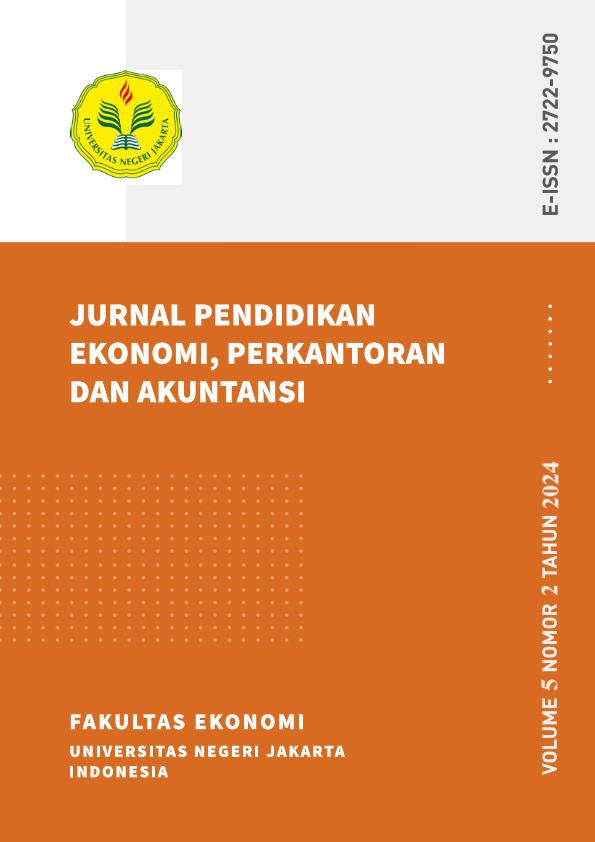OVERCONFIDENCE AND REGRET AVERSION ON GEN Z INVESTMENT: ROLE OF FINANCIAL LITERACY
Keywords:
Overconfidence, Regret aversion, Investment decisions, Financial literacyAbstract
Investment growth by individual investors in Indonesia has experienced a rapid increase, dominated by 12.12 million individual investors, of which 56.43% are under 30 years old, indicating significant participation from Generation Z in investment activities. A rise in the quantity of investors is linked to external factors involving emotions such as overconfidence and regret aversion. The reason for this study is to look at how overconfidence and regret aversion impact investing decisions among Generation Z in Jakarta, and how this link is moderated by financial literacy. The research procedure employed a survey approach with quantitative analysis. The study generates use of both moderated regression analysis and multiple linear regression involving 348 individual investors. By processing data manoeuvring SPSS 26, the outcomes reveal a noteworthy positive partial bond between both overconfidence and regret aversion with investment decisions. Regarding the moderation variable, the impact of overconfidence on investing decisions is negatively arbitrated by financial literacy, whereas the bond between regret aversion and investing decisions is not diminshed by financial literacy. Therefore, investors should consider irrational attitudes such as overconfidence and regret aversion when making investment decisions and improve their financial literacy to overcome these irrational attitudes.









